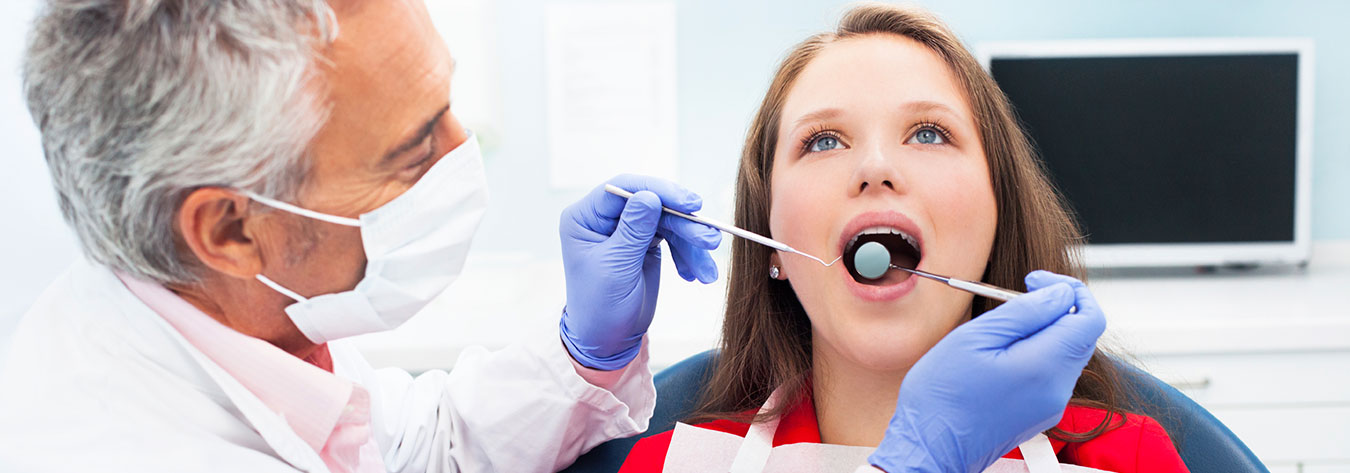- Oral cancer deaths can be reduced with early detection, treatment
- Certain lifestyles put patients at more risk
- Heed warning signs, visit your dentist every six months
Dentists primarily have an image of only “drilling and filling” patients; however, we also are in tune with detecting any abnormalities in the mouth. Checking for signs of oral cancer is part of a regular dental check-up.
In the UK, there are currently over 5,000 cases of oral cancer each year—2% of total cancer cases—and about 1,850 related deaths. In the US, oral cancer accounts for roughly 2% of all cancers diagnosed annually. About 36,500 people will be diagnosed with oral cancer every year, and about 7,900 will die from the disease.
The five-year survival rate for those with localised disease at diagnosis is 63% compared with 32% for those in whom the cancer has spread to other parts of the body. With early detection and timely treatment, deaths from oral cancer can be dramatically reduced.
The incidence of oral cancer in the UK has been increasing since the mid 1970s and, during the past decade, it has increased by more than 34%. The disease is more common in males.
Certain lifestyles put patients at risk of oral cancer. Early detection is possible and dental professionals can catch the warning signs. Tissue changes in the mouth that might signal the beginnings of cancer can often be seen and felt early. However, changing habits and lifestyles that are risk factors for this disease is difficult and slow. This is what makes the early detection of lesions that are malignant (pre-cancer) or potentially malignant through case detection so important.
Warning signs
- Lumps or thickening in the oral soft tissues
- Soreness or a feeling that something is caught in the throat
- Difficulty swallowing or chewing, ear pain or difficulty moving the jaw or tongue
- Hoarseness, numbness of the tongue or other areas of the mouth
- Red or white, inflamed areas of the mouth that seem to grow in size and cause pain
If any of these symptoms persist for more than two weeks, a thorough examination and laboratory tests are necessary. It is important to note that dental professionals cannot diagnose cancer during examinations. Oral cancer can be diagnosed only with a biopsy, when a sample of tissue in the area is removed and examined under a microscope. However, we can identify suspicious-looking areas or growths that may need further evaluation.
The British Dental Association recommends no fewer than one oral cancer check per year. For high risk patients, numerous checks are recommended.
Risk factors include:
Tobacco and alcohol
Most cases of oral cancer are linked to cigarette smoking, heavy alcohol consumption, or the use of both tobacco and alcohol. The intake of both tobacco and alcohol poses a much greater risk than the use of either substance alone. The Centers for Disease Control and Prevention in the US consider heavy drinking to be an average of two drinks a day or more for men, and an average of more than one drink a day for women.
Human papillomavirus
Infection with this sexually transmitted virus has been linked to a subset of oral cancers.
Age
Risk of oral cancer increases with age, and most often occurs in people over the age of 40.
Sun exposure
This can cause cancer of the lips.
Diet
A diet low in fruits and vegetables may play a role in oral cancer development.







